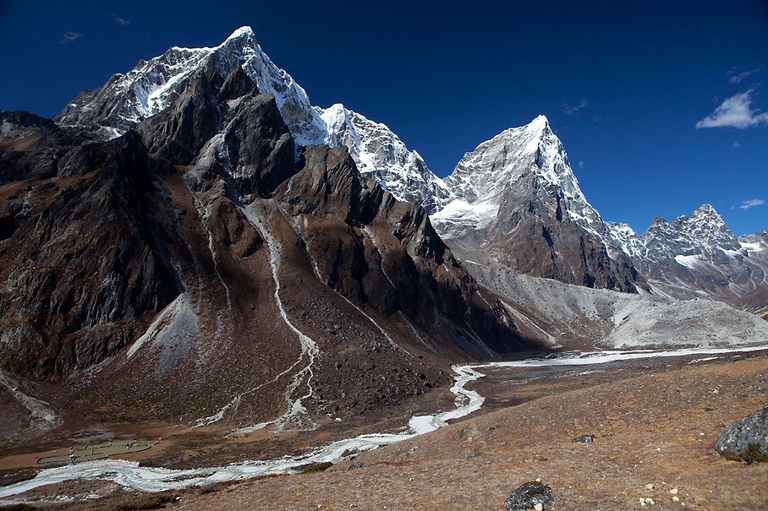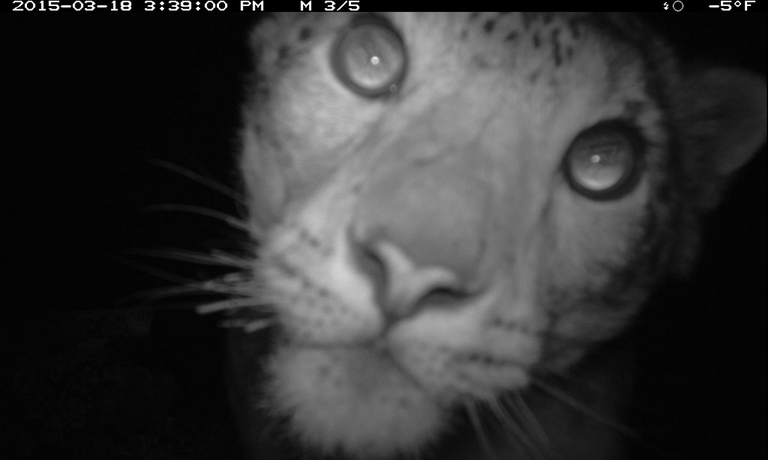
South African court dismisses a major lawsuit by 140,000 Zambian women and children against Anglo American for Kabwe lead poisoning. A setback for affected communities enduring the lasting impact of lead contamination.
I cambiamenti climatici stanno riducendo l’areale dei leopardi e aumentando il conflitto con gli umani. Perso il 20 per cento della popolazione negli ultimi 16 anni.
Snow leopards (Panthera uncia) are fascinating yet mysterious animals. They dominate Himalaya’s peaks and live in extreme conditions, at 1,500 to 6,000 metres of height. Climate change is putting at risk the survival of many species, particularly that of these large felines that depend on mountain habitats.
More than one third of snow leopards’ habitat could become uninhabitable due to rising temperatures. The alarm has been given by WWF, which published the report entitled “Fragile connections – Snow leopards, people, water and the global climate change”.
According to the environmental association, climate change could lift up tree limits, allowing man cultivating and grazing livestock at higher altitudes. This would force snow leopards to shelter in always smaller and fragmented ranges, where they are more likely to come into conflict with humans.
The current conservation status of the “ghost of mountains” is dreadful: it is listed as “Endangered” by the IUCN Red List. In fact, the population of snow leopard has dropped by 20% in the past 16 years. The major threats are the conflicts with mountainous communities, which consider these animals as a threat to livestock and to their own lives, as well as poaching, habitat loss, and the decrease in preys.
Currently, there are only 4,000 individuals left in the wild, divided in different populations. Climate change, added to pre-existing threats, could be the fatal blow for the species, reducing the populations to unsustainable numbers.
Moreover, climate change not only has impacts on wildlife. Leopard’s mountain habitat extends on many of Asia’s main water basins, including 12 countries. WWF’s report, published ahead of the UN climate change conference of Paris (COP21), highlights how over 330 million people live within 10km of rivers that start in snow leopard territory, and directly depend on those rivers for their water supplies.
Rising temperatures could drastically alter water flowing from these mountains and threat the survival of people of the entire continent. “Reversing the downward trend in snow leopard numbers and conserving their fragile habitat require conservation efforts on an unparalleled scale,” said Rishi Kumar Sharma, WWF global snow leopard leader.
In order to protect snow leopards, WWF is coordinating a global strategy for the species conservation. The first step is increasing the knowledge on these elusive felines, through photo traps and satellite monitoring through radio collars, in order to collect more data on the biology, habits, and most of all, on the real diffusion of the snow leopard.
Siamo anche su WhatsApp. Segui il canale ufficiale LifeGate per restare aggiornata, aggiornato sulle ultime notizie e sulle nostre attività.
![]()
Quest'opera è distribuita con Licenza Creative Commons Attribuzione - Non commerciale - Non opere derivate 4.0 Internazionale.
South African court dismisses a major lawsuit by 140,000 Zambian women and children against Anglo American for Kabwe lead poisoning. A setback for affected communities enduring the lasting impact of lead contamination.
Controversial African land deals by Blue Carbon face skepticism regarding their environmental impact and doubts about the company’s track record, raising concerns about potential divergence from authentic environmental initiatives.
Majuli, the world’s largest river island in Assam State of India is quickly disappearing into the Brahmaputra river due to soil erosion.
Food imported into the EU aren’t subject to the same production standards as European food. The introduction of mirror clauses would ensure reciprocity while also encouraging the agroecological transition.
Sikkim is a hilly State in north-east India. Surrounded by villages that attracts outsiders thanks to its soothing calmness and natural beauty.
Sikkim, one of the smallest states in India has made it mandatory for new mothers to plant saplings and protect them like their children to save environment
Chilekwa Mumba is a Zambian is an environmental activist and community organizer. He is known for having organized a successful lawsuit against UK-based mining companies.
What led to the Fukushima water release, and what are the impacts of one of the most controversial decisions of the post-nuclear disaster clean-up effort?
Nzambi Matee is a Kenyan engineer who produces sustainable low-cost construction materials made of recycled plastic waste with the aim of addressing plastic pollution and affordable housing.










